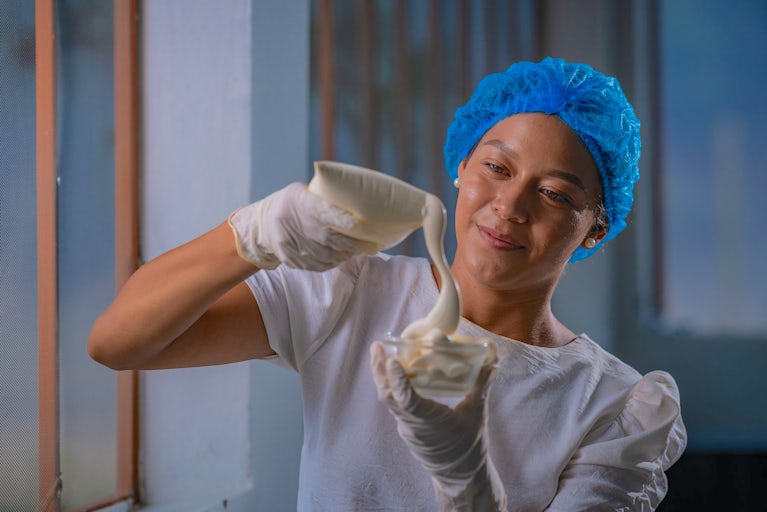
What is a Value Chain?
By Alyssa Cogan | February 7, 2022
Social capital is the network of relationships, norms and values that help people work together and support one another. It exists among individuals and groups, grounded in a shared sense of connection that fosters trust, cooperation and mutual care. These relationships provide resources, from shared labor today to new opportunities like training or markets tomorrow, that strengthen communities and support social cohesion.
Unlike human capital, which focuses on individual skills and knowledge, social capital emphasizes collective networks built through shared understanding. It helps people solve problems, reach common goals and build a stronger, more resilient civil society.
Social capital can reshape the lives of rural farmers by building strong community relationships rooted in trust and collaboration. These connections help farmers share resources, knowledge and ideas, leading to more sustainable, productive and innovative agriculture. Social capital also supports better health outcomes, as communities care for one another beyond the fields. When farmers work together, they can speak up for their needs, access new markets and earn fairer prices for their crops. In times of crisis — whether drought, flooding or economic shocks — these networks serve as a lifeline. Through these relationships, farming families strengthen their livelihoods and support one another through challenge and change.
In many of the regions where Heifer works, communities are shaped — and often divided — by social, economic and cultural differences. Social capital helps bridge these divides by connecting people across backgrounds, reducing social isolation and fostering inclusion. Families facing poverty often contend with limited access to electricity or water, few job opportunities and restrictive social norms, including gender roles that can hold them back.
Social capital reduces poverty by strengthening community connections and offering the most vulnerable people a way to participate in income-generating activities. Over time, these relationships build the skills, confidence and shared purpose that help families create better futures. With this kind of support, people can start small businesses, earn steady incomes and invest in their children’s education or health.
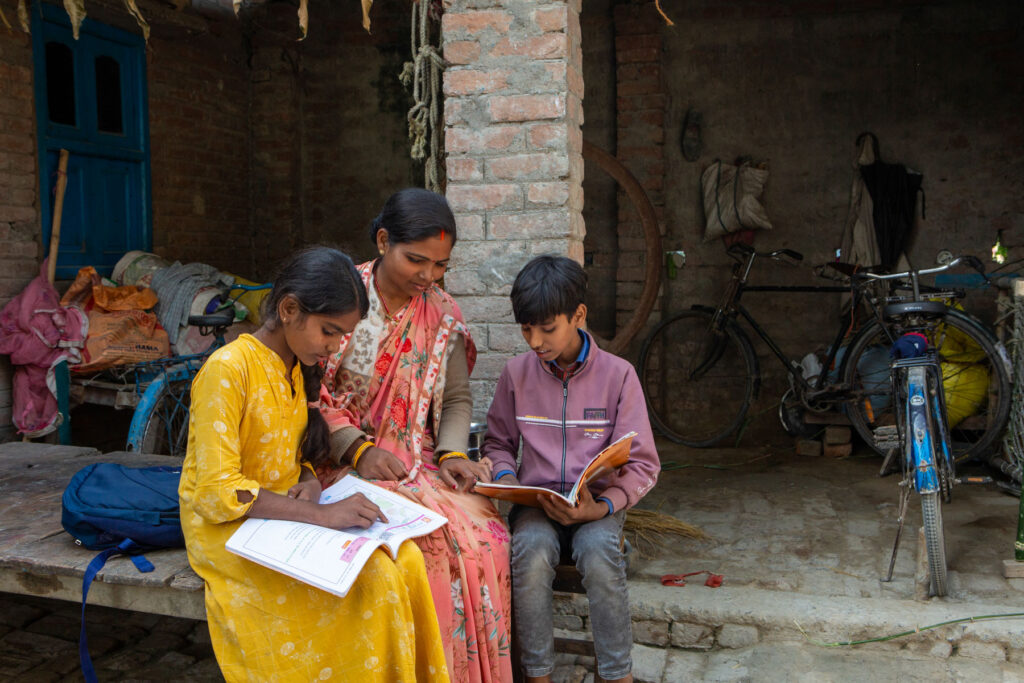
Studies show that when trust, cooperation and civic engagement grow, poverty tends to decline. These connections lay the groundwork for systems that help farmers thrive, as farmers derive value from trusted networks, such as markets that pay fair prices and financial groups that offer small loans. In short, when trust and cooperation grow, so does the potential for people to earn more, support one another and build stronger, more resilient communities.
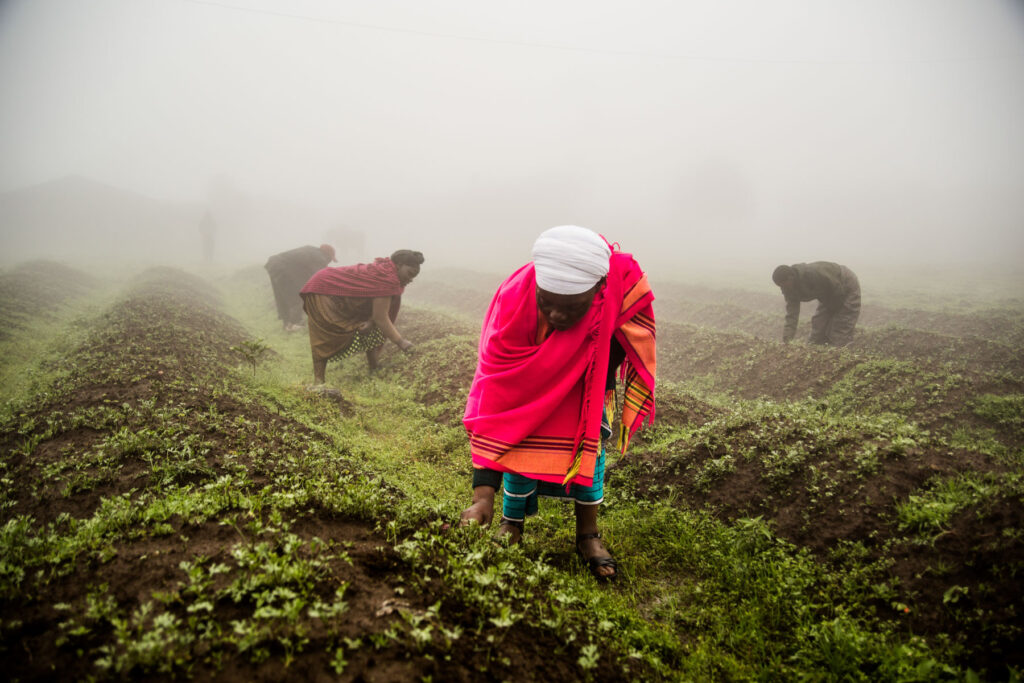
Examples of social capital include farming cooperatives, through which members share tools, knowledge and encouragement. These groups thrive on connection, with members benefiting from a shared purpose, mutual support, and a shared understanding that fosters trust and cooperation. One’s social networks and personal relationships are crucial in building social capital, as they provide the foundation for collaboration and support. When people from different backgrounds come together, they bring new insights and ideas — expanding what’s possible for everyone involved.
Community seed banks and value chain partnerships are other powerful examples that foster collaboration and mutual assistance among farmers. Informal networks — such as neighbors helping each other at planting time or extended families teaming up during harvest — also strengthen these connections. Mentorship programs and training sessions pass down farming techniques and market know-how, deepening trust and building skills.
Together, these relationships form a strong foundation for cooperation, community resilience and shared well-being. When nurtured, social capital creates the kind of unity that fuels progress, from responsive local governments to fairer markets and lasting change.
In the rolling hills of rural Rwanda, Beatrice Nyirahabimana makes a living in agriculture. She spends much of her day tending dairy cows and cultivating Irish potatoes and pyrethrum, small white flowers used as natural insect repellents.
Like many of the 500 million smallholder farmers worldwide, poor production, distant markets and limited access to financing meant she regularly felt isolated and struggled to afford necessities for herself and her family.
“Before joining the group, as a family, we had limited capacity to meet all the basic needs,” said Beatrice, referring to the Heifer-supported collective of women she joined in 2018. “We were constantly living a difficult life.”
This group, the Abihuje women’s self-help group, is both a social unit and an organization that brings women in the community together to participate in technical training, contribute to a shared savings-and-loan fund, and engage in business ventures.
As part of this group, Beatrice gained significant benefits and resources, such as access to group-funded loans, knowledge and a supportive network, which improved her financial stability and social connections. These benefits not only helped her personally but also contributed to the collective well-being of the group.
“It felt good joining the group and it felt even better when I started saving in the group and borrowing,” said Beatrice, who has now borrowed and repaid loans three times, and used the money to grow her small dairy herd. “In addition to material gains, I have gained friends and self-confidence, and I am now able to interact and network with my neighbors confidently, which was a challenge before.”
The transformation in Beatrice’s life demonstrates how social capital within a social unit and organization can drive inclusion and economic development in the wider community, as more women gain access to resources and opportunities.
When farmers like Beatrice come together like this — when they develop trust and shared goals, or collaborate to advocate for fair prices and community resources — they strengthen the intangible “glue” that binds prosperous communities together: social capital.
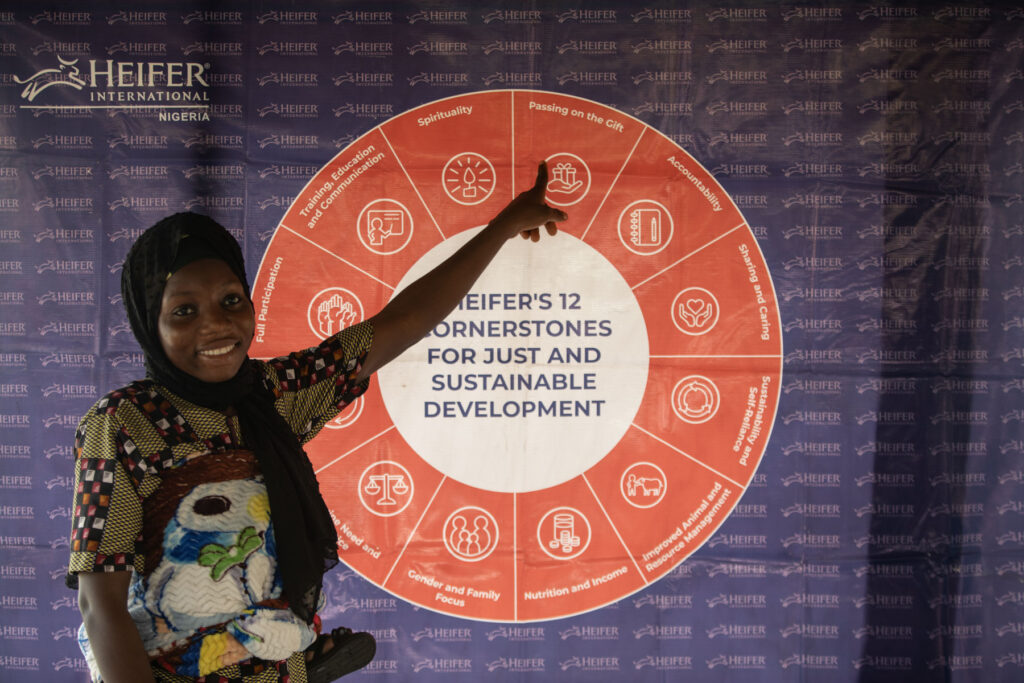
In regions characterized by marginalization, poverty, limited infrastructure and unequal access to financial tools like loans, social capital empowers individuals by helping them identify common challenges and promoting collective action to overcome them.
Heifer supports farmers to develop and benefit from social capital by encouraging individuals to work in groups through which they can build social relationships and networks, identify common values, identify prejudices and help group members pursue personal and shared goals. By participating in organizations and increasing their civic participation, individuals build social capital and build trust among diverse groups, leading to higher levels of social cohesion and greater benefits for the community.
Increasing a community’s social capital strengthens farmers’ ability to form effective associations like self-help groups, savings-and-loan groups, farmer-owned agribusinesses and cooperatives. These groups bring producers together and improve their access to markets, supplies, knowledge and capital to grow their businesses and earn a stable income. For example, farmer field schools and cooperative trainings often serve as natural networking spaces, where producers share techniques and build the trusted relationships needed to expand their businesses.
“Social capital helps the people and groups gain wisdom and perspectives, which keeps people’s hearts, minds and actions balanced, focused and productive,” said Buddi Khatri, associate director of social capital development for Heifer programs in Asia. “As a result, they become self-resilient and take ownership of further developments.”
Around the world, improved social capital opens the doors for farmers to capitalize on economic opportunities to improve their incomes and their families’ circumstances.
For Heifer-supported groups in Central and South America, social capital takes many forms, from shared access to improved equipment and technology, like cardamom dryers in Guatemala, to trusted relationships with financial institutions that help farmers apply for loans. During the COVID-19 pandemic, for example, social capital and goodwill between rural farmers and local partners also spurred innovation and led to the creation of a new locally led market in Ecuador.
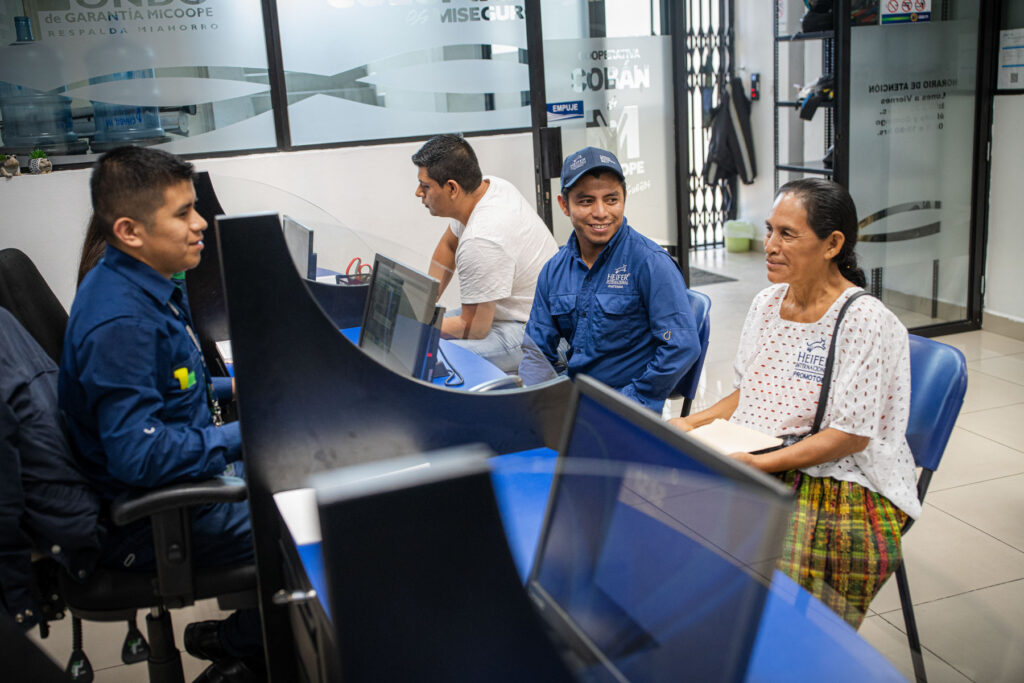
Relationships with financial institutions that offer low-interest loans for poultry farmers in Kenya or the savings-and-loans groups in Rwanda are critical to smallholder farmers growing their enterprises. In Nepal, women in the Chhatre Deurali Social Entrepreneur Women’s Cooperative pool savings and resources to grow their businesses and support one another. And workshops, led by community facilitators in Bihar, India, create a safe space for local women to reimagine their potential by critically examining the prejudice and social attitudes holding them back.
The benefits and positive outcomes of social capital created in these contexts include increased financial stability, improved well-being and greater opportunities for economic mobility and social cohesion within societies.
For Beatrice, now earning almost double what she did before joining the self-help group, the outcome of social capital means reinvesting her money back into her family and supporting others in her group to grow and prosper.
“There is a difference between working as a group and working alone,” Beatrice said. “I have more understanding of how to live and work together as a family and with others because of the knowledge I gained through the group.”
Building social capital is core to Heifer’s work — especially in a modern society where trust and collaboration are key to resilience. We help people form strong local networks rooted in trust, shared values and collective action, which is the foundation for long-term change.
Our locally led development model puts community groups at the center of decision-making. By supporting local leadership, Heifer helps people take ownership of their progress and strengthen the connections that drive it.
We work with farmers — especially women — to form self-help groups that often grow into registered cooperatives, producer organizations or small businesses. These groups facilitate opportunities for learning, saving and sharing resources, which strengthens social capital and supports sustainable livelihoods.
At the heart of this model is our 12 Cornerstones for Just and Sustainable Development training, a set of group-based reflections that build shared understanding. Trained local facilitators guide communities through these sessions, creating space for personal growth and community collaboration.

One key Cornerstone is Passing on the Gift®, a principle encouraging participants to share a portion of the resources or training they’ve received with others such as livestock, seeds or business skills. In recent years, this ripple effect has extended millions of dollars in assets to neighbors and fellow farmers.
Whether by organizing collectives, providing training, or strengthening locally led solutions to hunger and poverty, Heifer invests in social capital and the people who make it grow.
Cart is empty
Success!
Please be patient while we send you to a confirmation page.
We are unable to process your request. Please try again, or view common solutions on our help page. You can also contact our Donor Services team at 855.9HUNGER (855.948.6437).
Covering the transaction fee helps offset processing and administrative fees that we incur through taking payments online. Covering the transaction fee for each payment helps offset processing and administrative fees that we incur through taking payments online. Covering the transaction fee for each payment helps offset processing and administrative fees that we incur through taking payments online.
Success!
Please be patient while we send you to a confirmation page.
We are unable to process your request. Please try again, or view common solutions on our help page. You can also contact our Donor Services team at 855.9HUNGER (855.948.6437).
When you donate a gift to someone, you'll have the option to create a free card after your donation is complete.
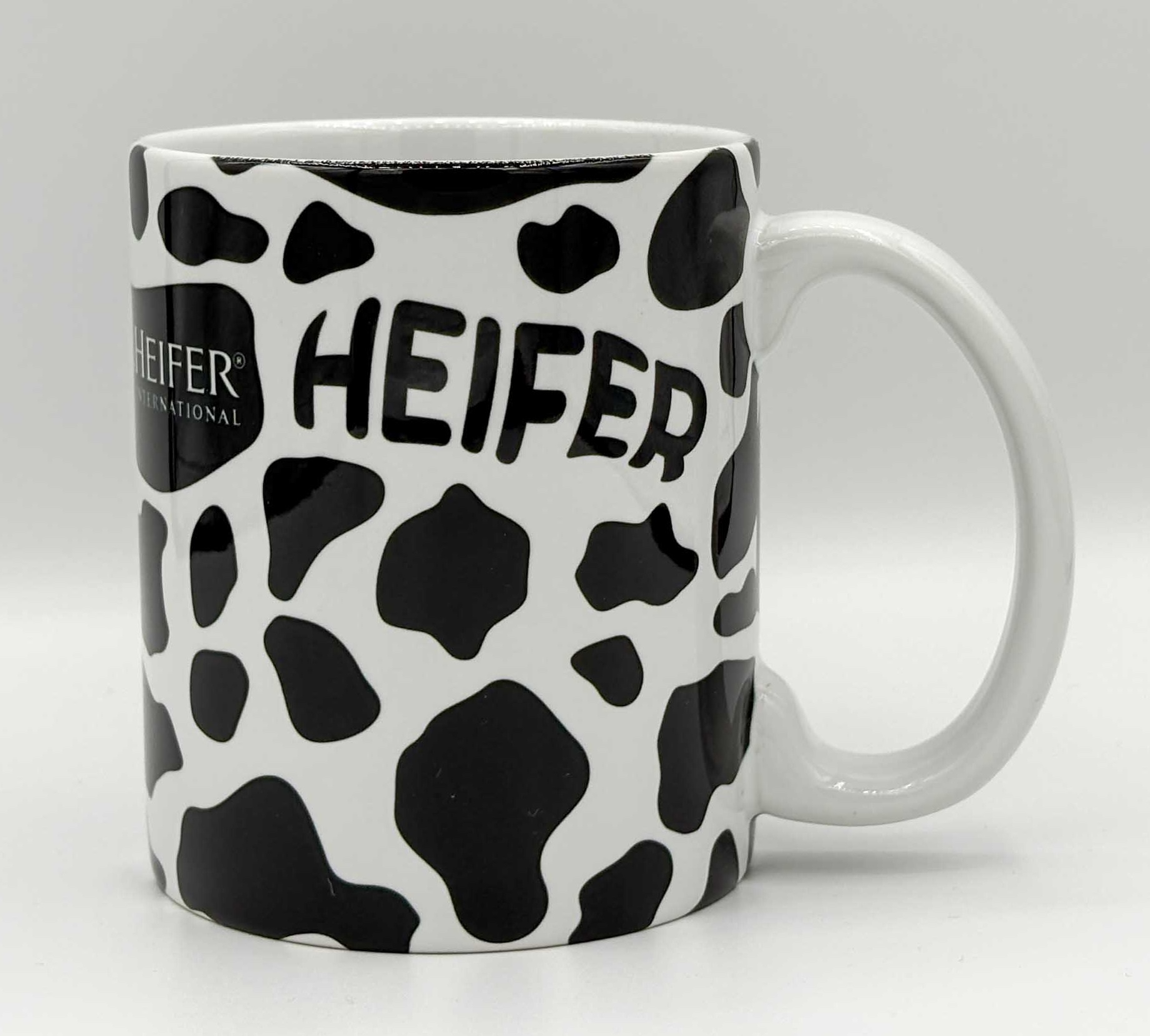
A FREE gift will be sent to supporters who choose to give a monthly gift.
Covering the transaction fee helps offset processing and administrative fees that we incur through taking payments online. Covering the transaction fee for each payment helps offset processing and administrative fees that we incur through taking payments online. Covering the transaction fee for each payment helps offset processing and administrative fees that we incur through taking payments online.

A FREE gift will be sent to supporters who choose to give a monthly gift.